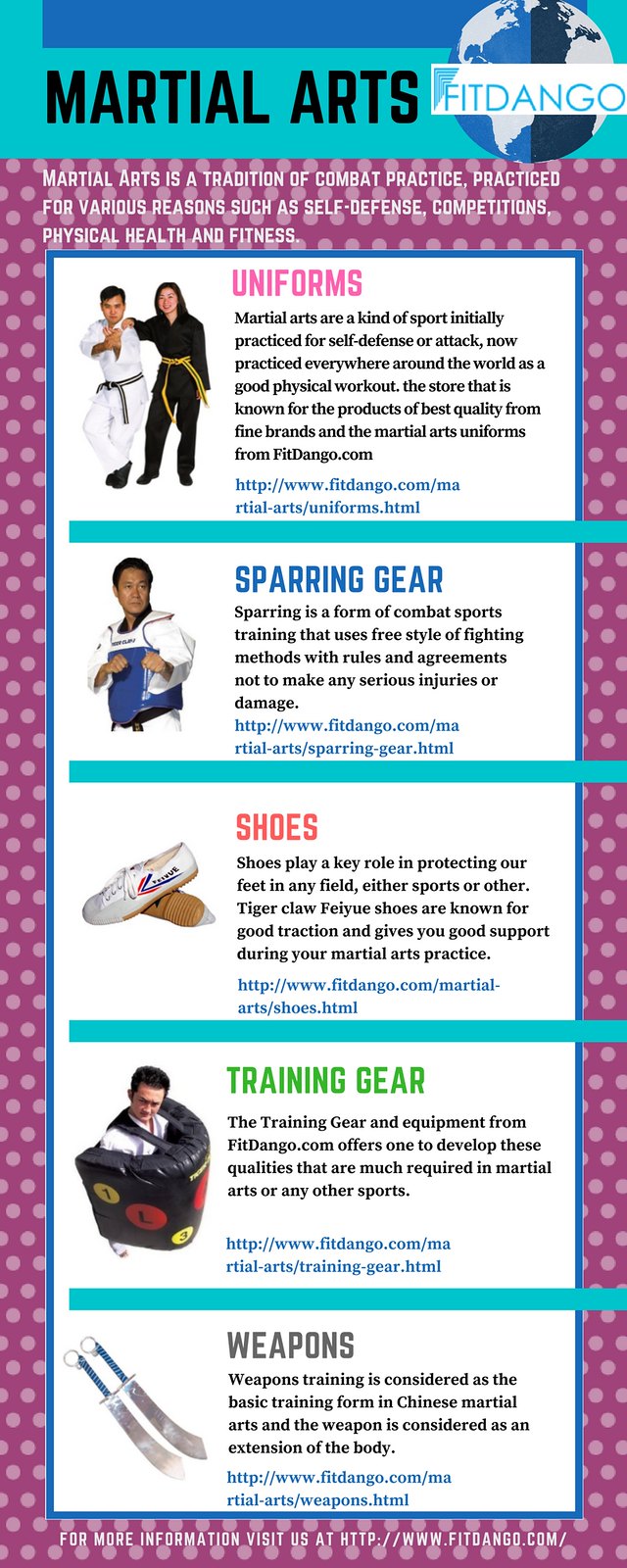The International Journey And Advancement Of Martial Arts Throughout History
The International Journey And Advancement Of Martial Arts Throughout History
Blog Article
Content Writer-Wilcox Graham
Martial arts have an interesting history that extends centuries and continents. You may find it fascinating exactly how old practices like Shuai Jiao and Kalaripayattu laid the groundwork for modern fight strategies. These self-controls not only stress physical skills but additionally mirror the cultures that birthed them. As you explore their development, consider exactly how globalization has actually changed these standard kinds into crossbreed styles. What influences do you believe have formed today's martial arts landscape?
Ancient Martial arts: The Structures of Fight
As you delve into the globe of old martial arts, you'll discover the abundant foundations that formed combat strategies throughout cultures. Very early methods concentrated on Self-Defense and survival, often incorporating strikes, grappling, and weaponry.
In old China, for instance, methods like Shuai Jiao stressed tosses and joint locks, while India's Kalaripayattu showcased agility and fluid activity. Japanese samurai created Kenjutsu, a polished swordsmanship that highlighted discipline and approach.
These martial arts served not just for fight but also as a means of individual advancement, instilling values like respect and perseverance. The mixing of these strategies with time prepared for the varied martial arts you see today, each mirroring the unique ideologies and requirements of its society.
The Cultural Influence on Martial Arts Growth
While martial arts often reflect the useful demands of a culture, they also symbolize the social values and ideas of their beginnings. When you discover various martial arts, you'll see how they're influenced by religion, ideology, and social norms.
For instance, the emphasis on respect and technique in Japanese martial arts stems from Zen Buddhism and samurai culture. In visit this site right here , Brazilian Jiu-Jitsu advertises adaptability and strategy, shaped by the need for efficiency in a diverse, modern setting.
hand to hand kajukenbo could discover that the routines, attires, and training approaches mirror a community's background and identity. By understanding these social impacts, you grow your admiration of martial arts and their duty in shaping human experiences across the globe.
Modern Adaptations and the Globalization of Martial arts
Martial arts have actually changed significantly in recent decades, adapting to contemporary society and international influences. You'll observe that typical kinds have blended with contemporary methods, producing hybrid styles like MMA. crazy dragons kajukenbo deal with varied audiences, making martial arts available and appealing globally.
With the surge of social media sites and electronic systems, you can locate tutorials and competitors from all edges of the world, breaking geographical obstacles. This globalization has actually brought about a common gratitude for numerous self-controls, from Brazilian Jiu-Jitsu to Taekwondo.
As you engage with these arts, you'll realize they're not nearly fight; they promote physical fitness, self-control, and mental wellness.
Eventually, modern adaptations have actually improved the martial arts landscape, making it a dynamic and evolving method.
Conclusion
In discovering the history and advancement of martial arts, you discover a fascinating blend of techniques, cultures, and philosophies. From old self-controls like Shuai Jiao and Kalaripayattu to the modern versatility seen in MMA, martial arts mirror mankind's quest for Self-Defense and individual development. As you involve with these practices, you not only gain abilities yet also a deeper recognition for the diverse customs that form our world today. So, proceed your journey and welcome the art of combat!
